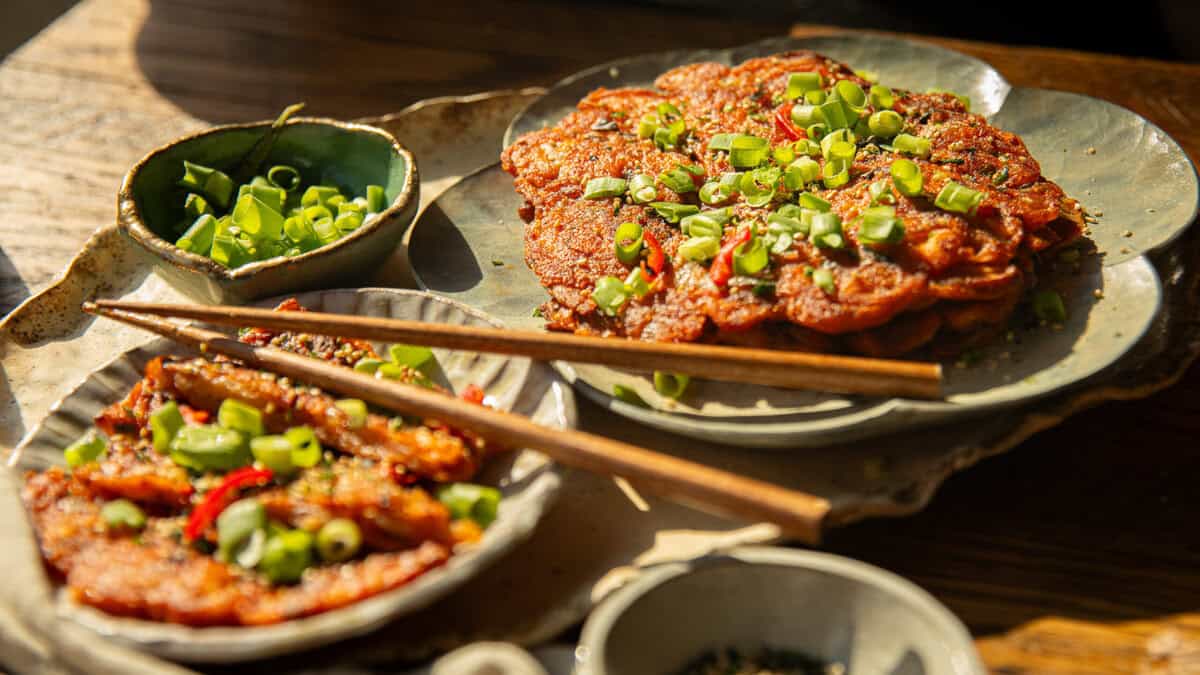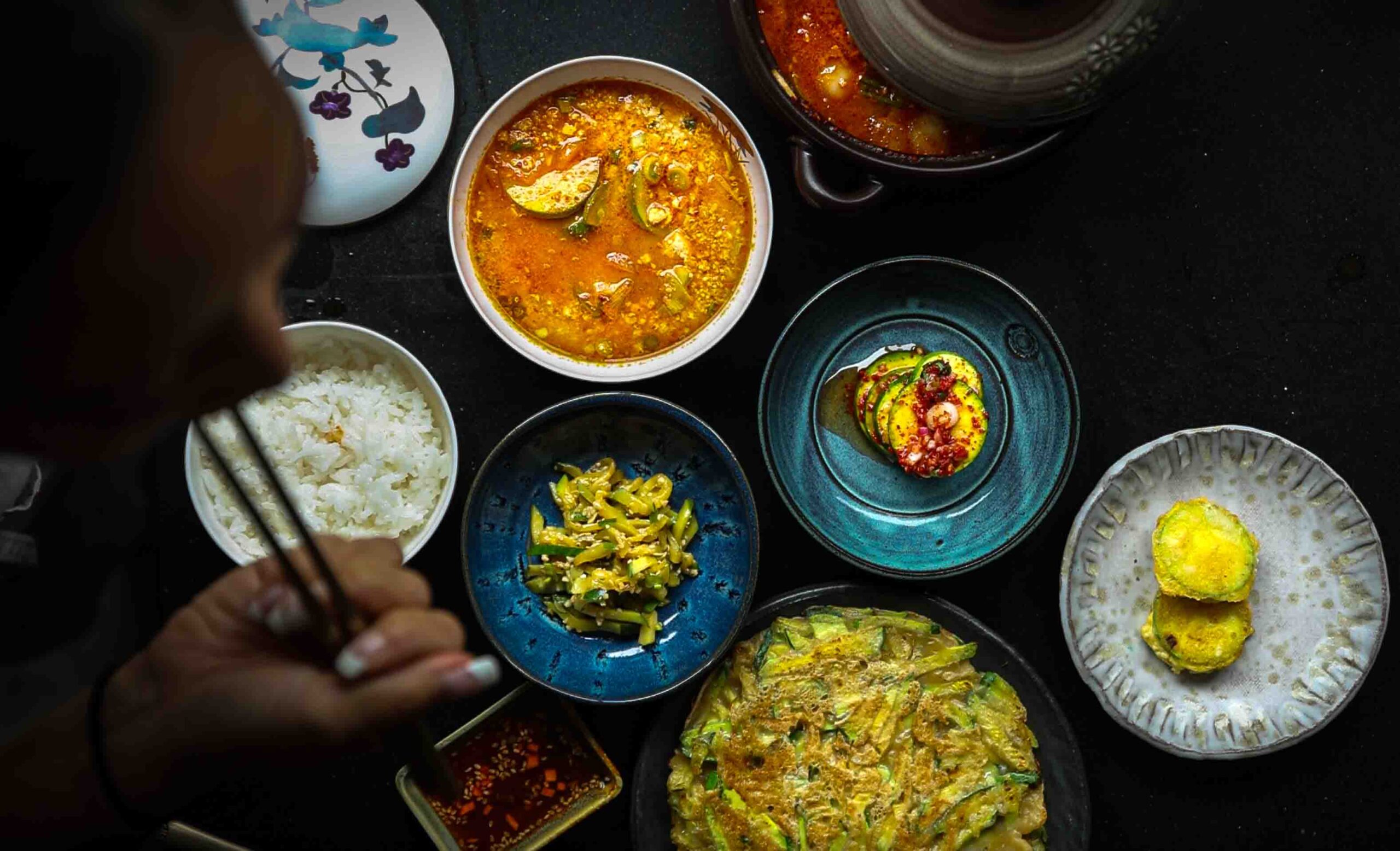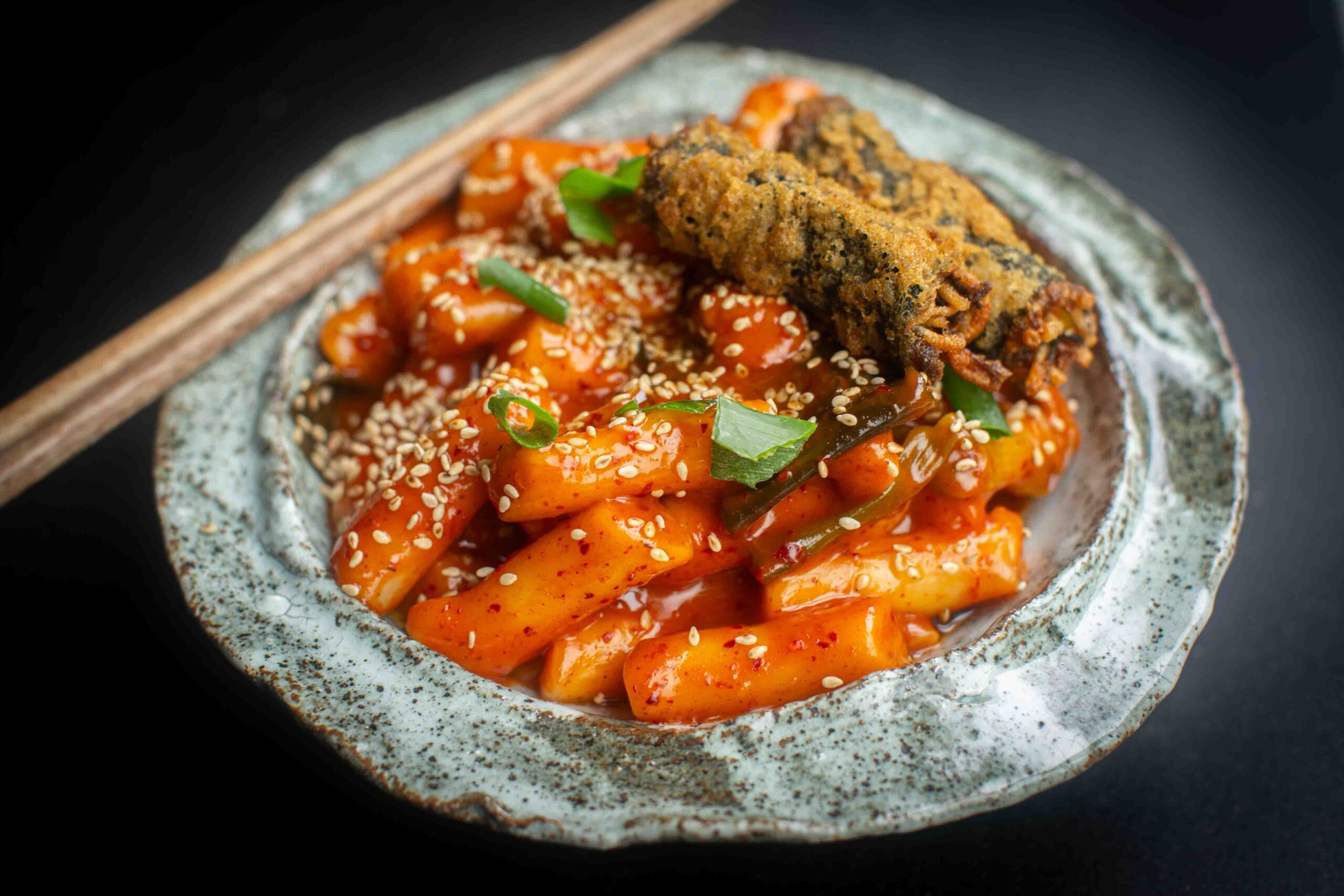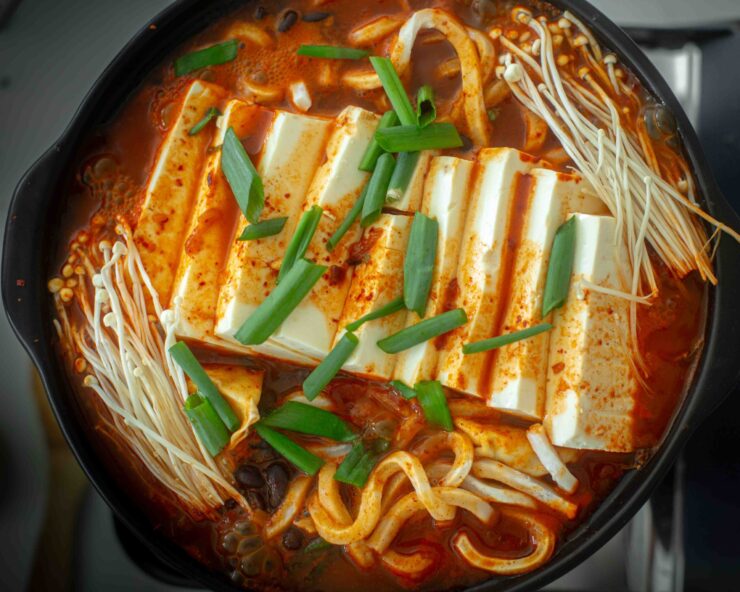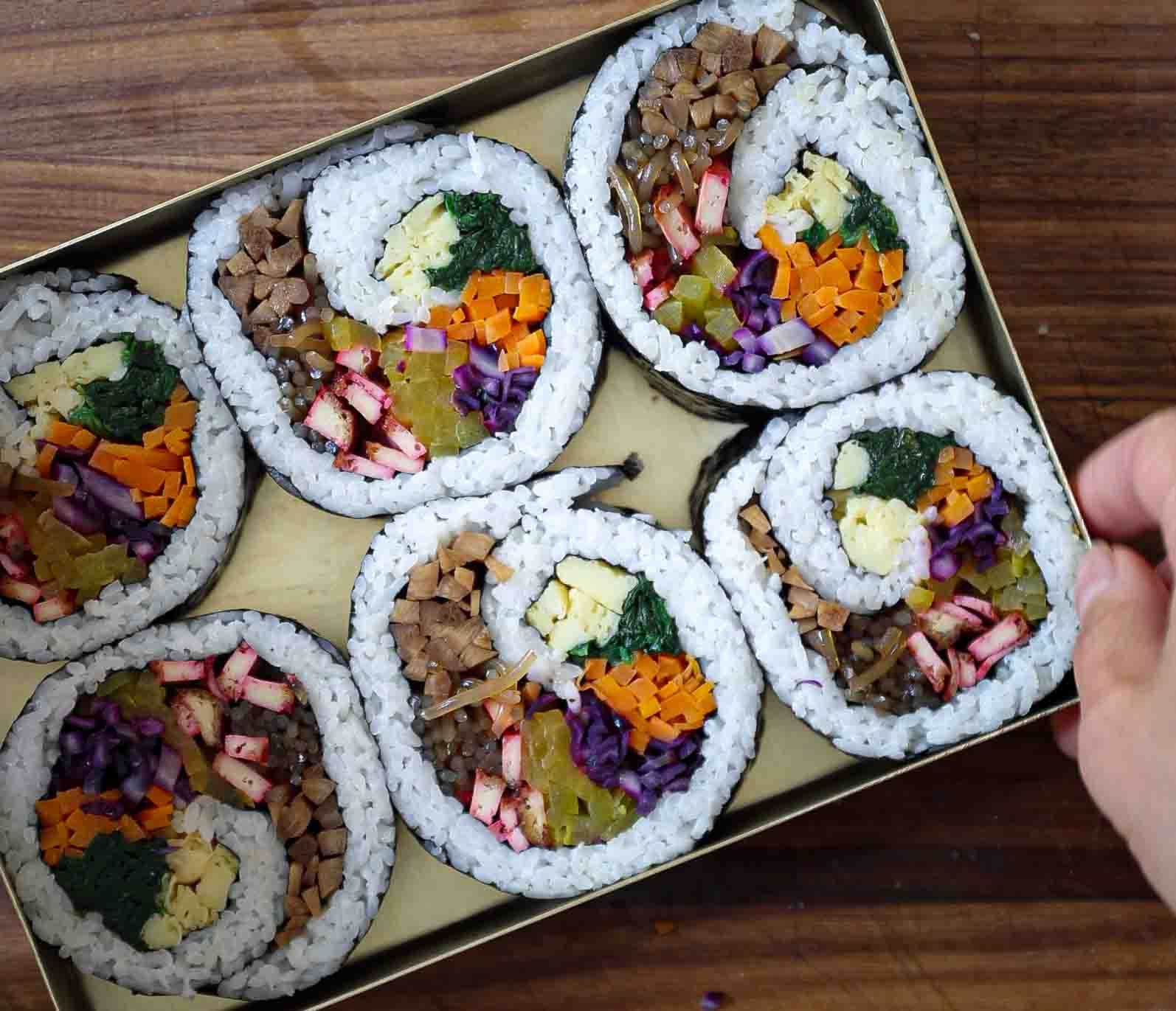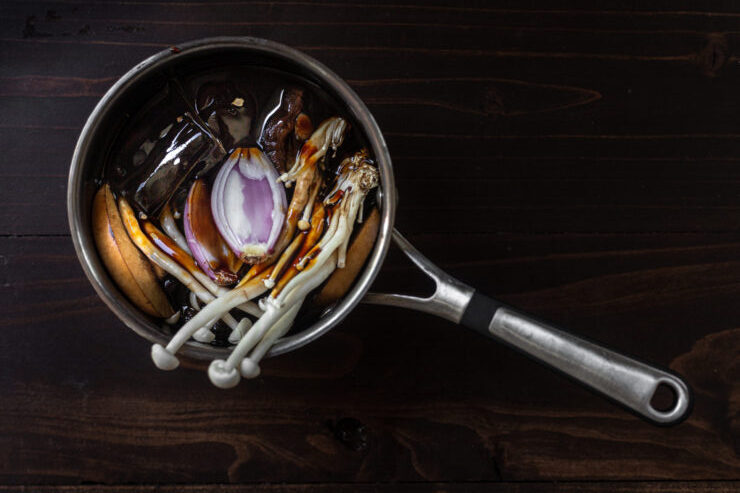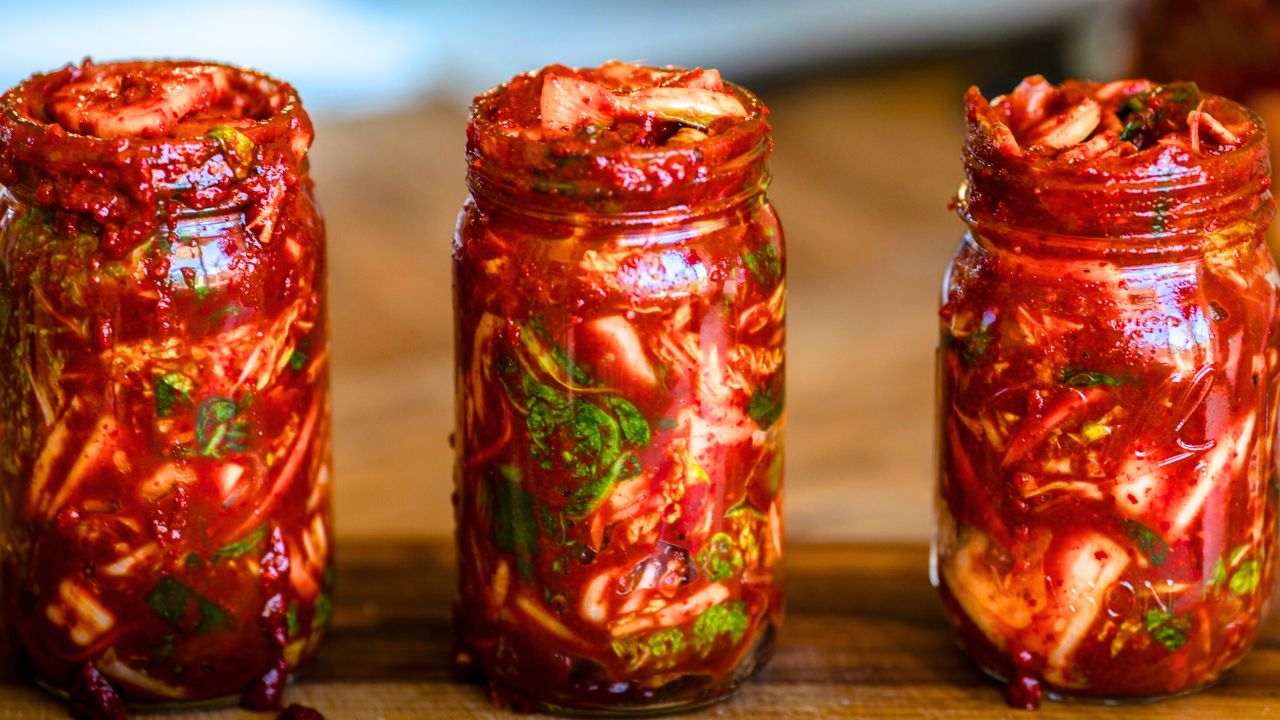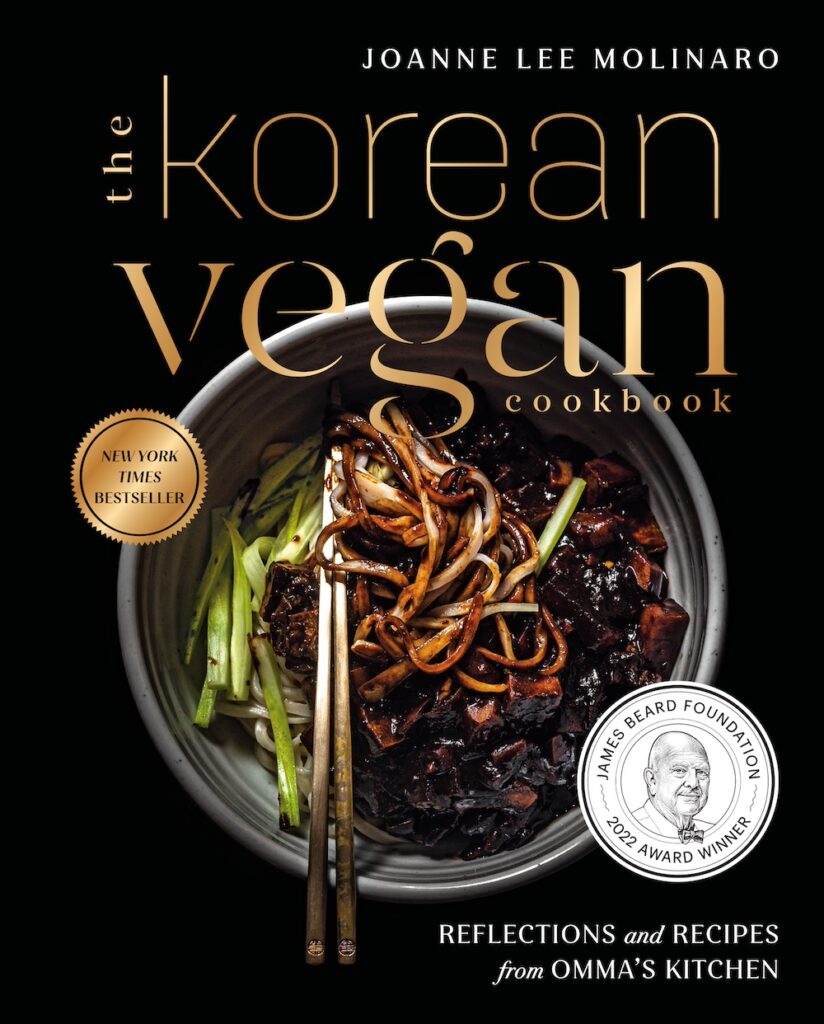I VEGANIZE KOREAN FOOD. I KOREANIZE EVERYTHING ELSE.
Traditional Korean Recipes
Traditional Korean Recipes
Traditional Korean Recipes
-
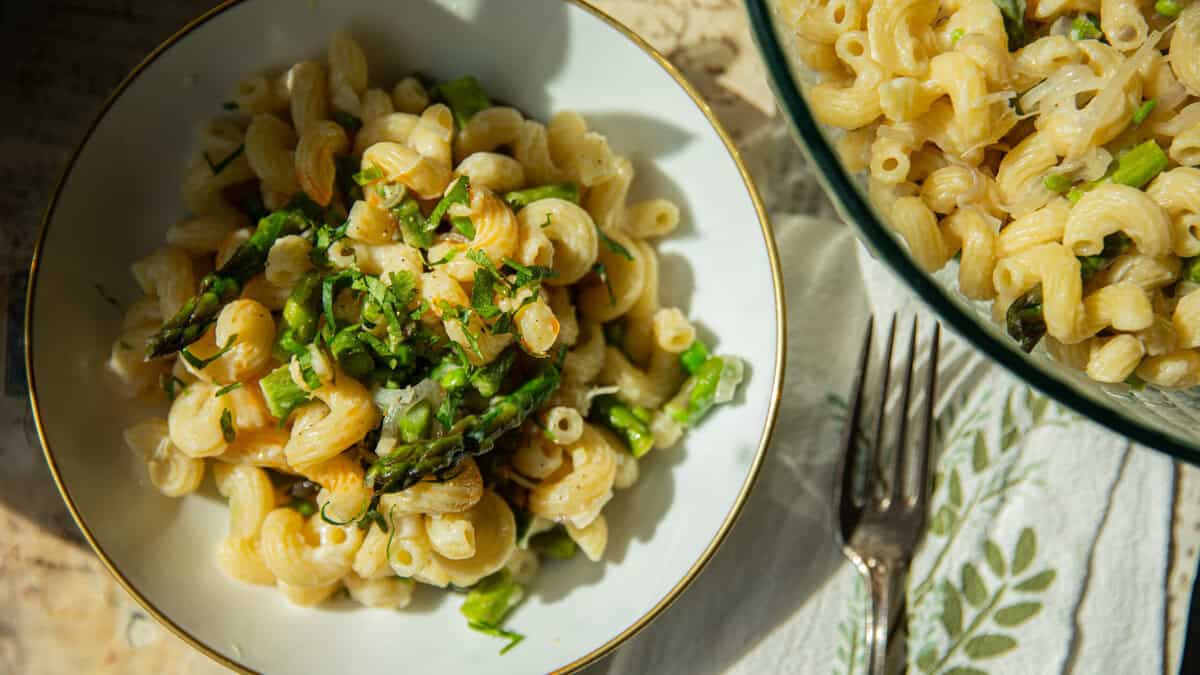
30-Minute Delicious Asparagus Pasta Recipe (Vegan).
-

BEST Doenjang Jjigae (된장찌개) – Spicy and Delicious.
-

Delicious Vegan Rice Cake Soup (Tteokguk) with Dumplings.
-
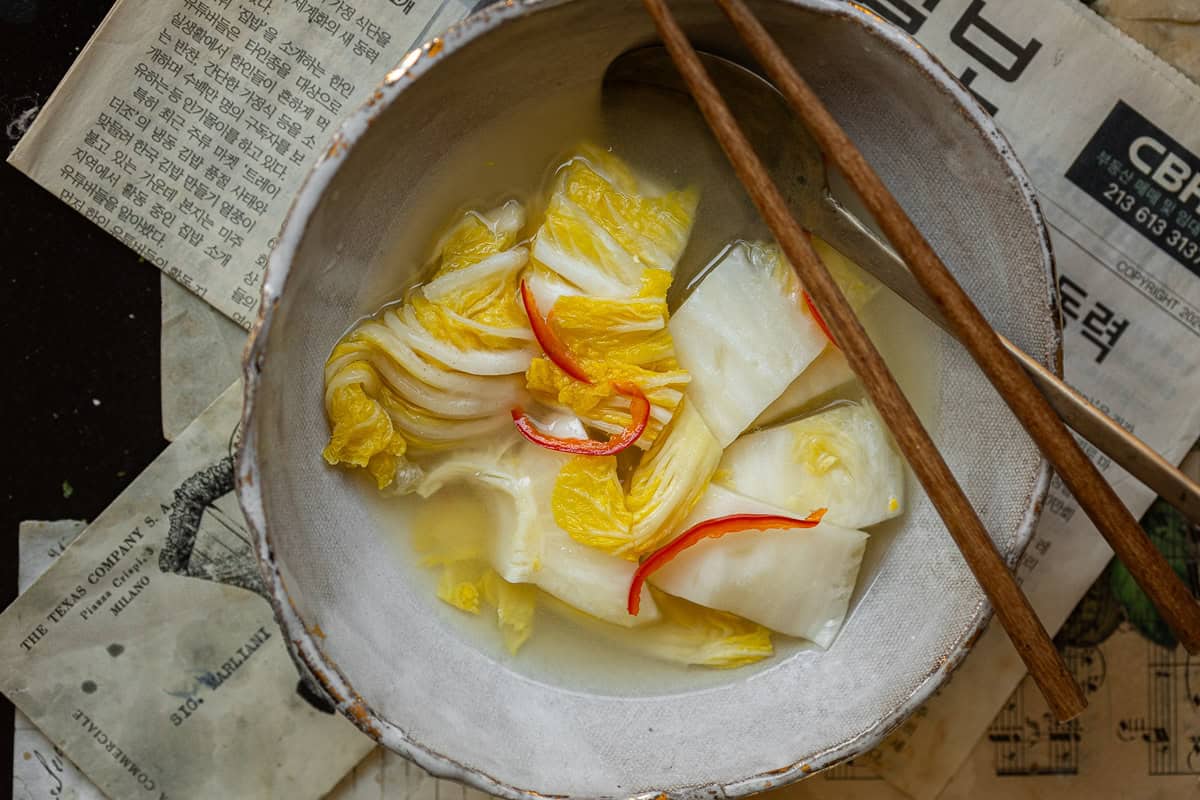
Mom’s Easy White Kimchi (Baek-Kimchi) Recipe (백김치).
-
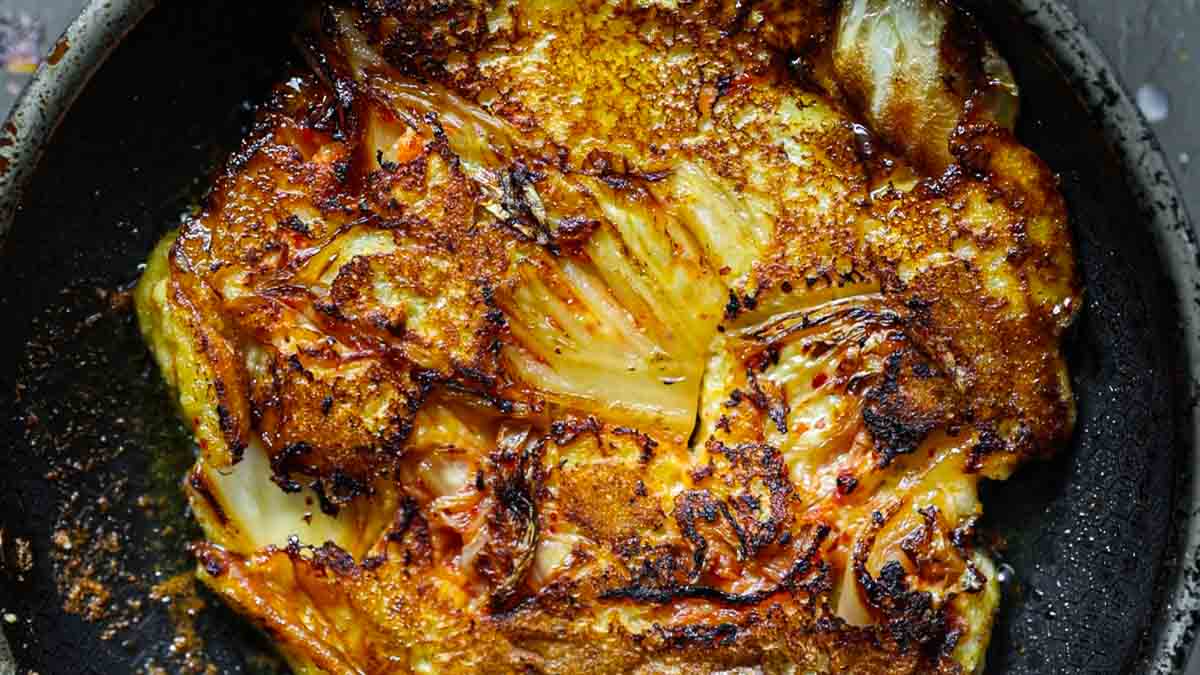
Stunning Vegan Bindaetteok: Korean Mung Bean Pancakes.
-
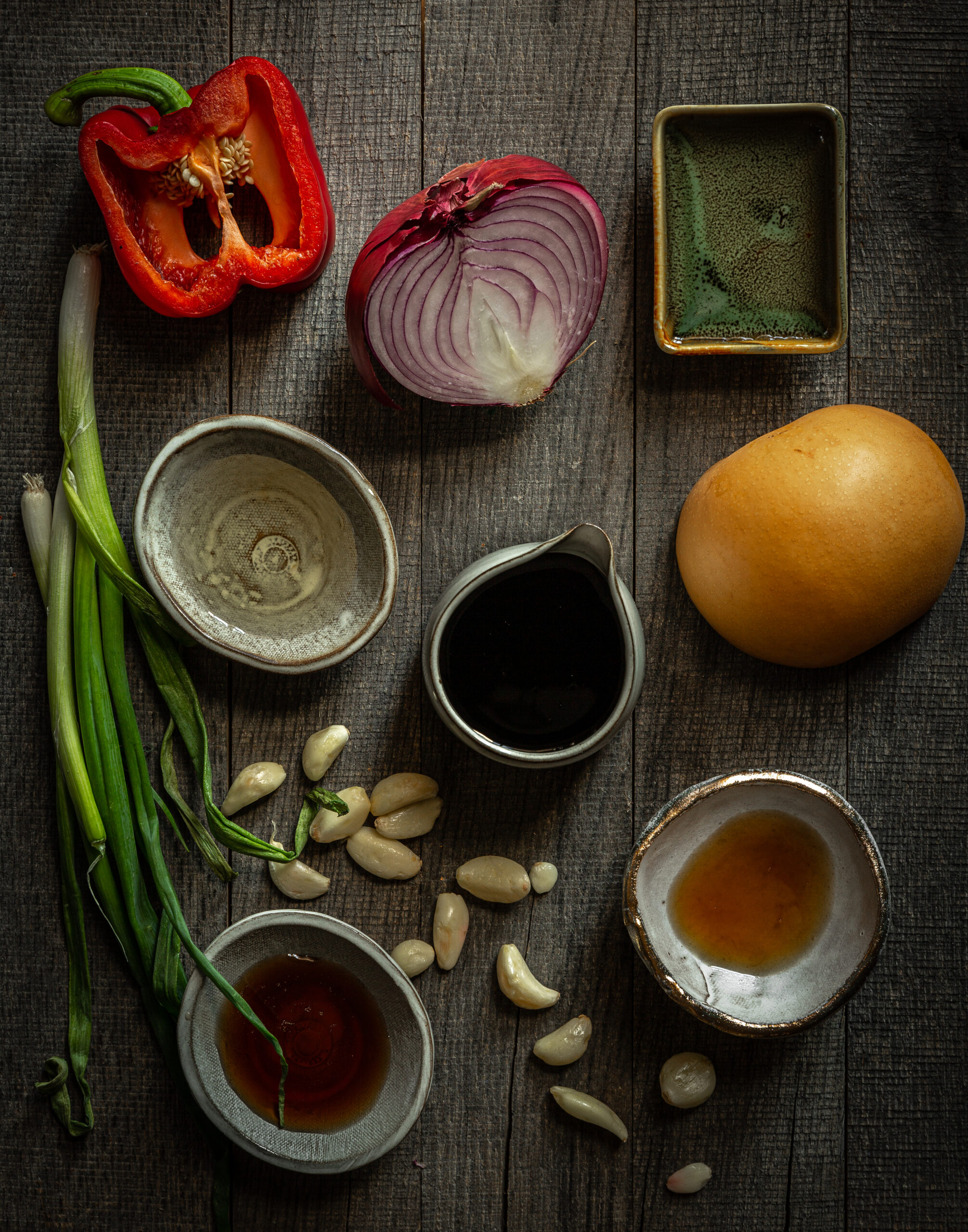
My Mom’s Easy and Authentic Korean BBQ Sauce Recipe.
-
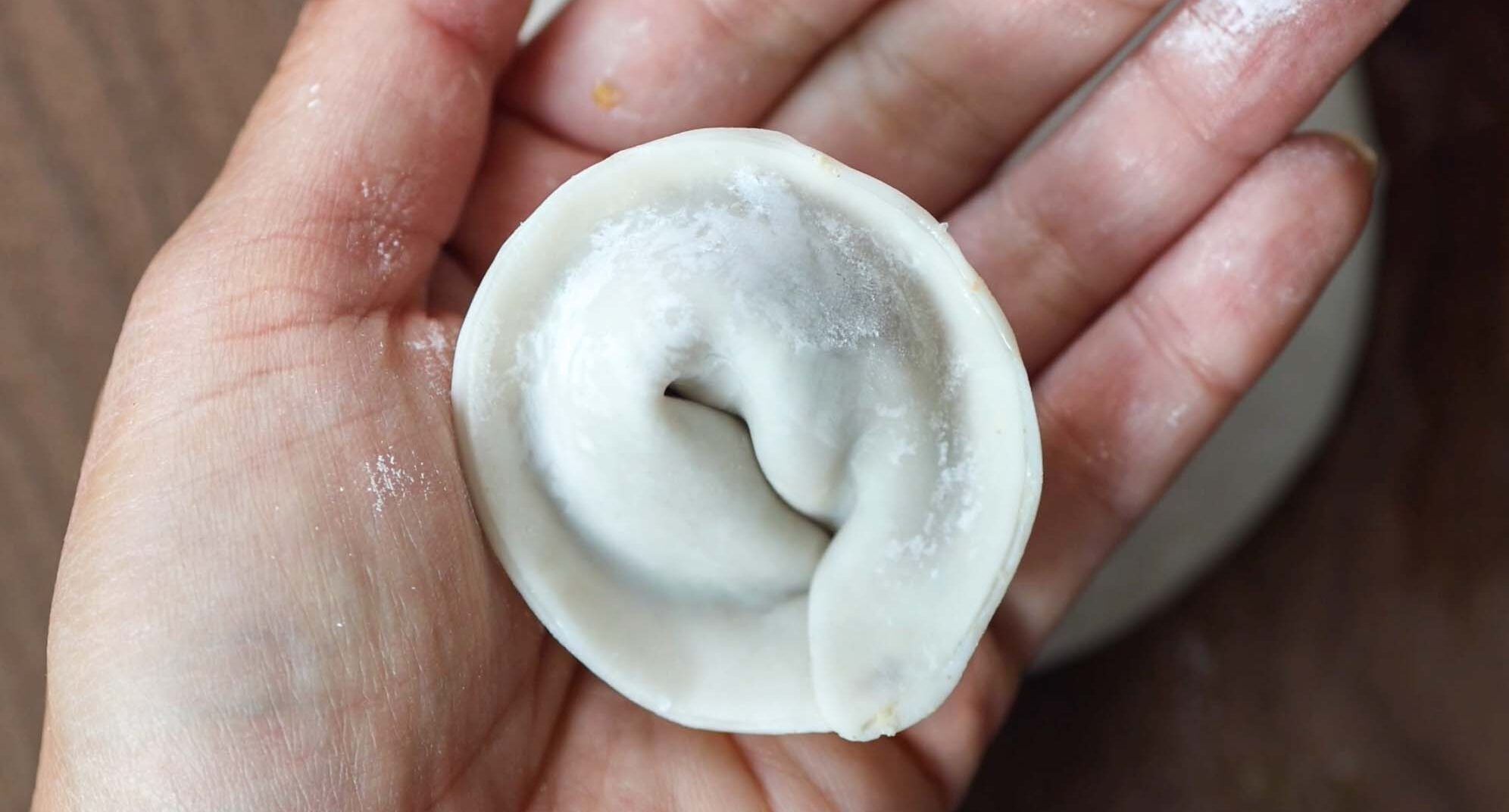
Homemade Vegan Dumplings Recipe – Kimchi Mandu.
-
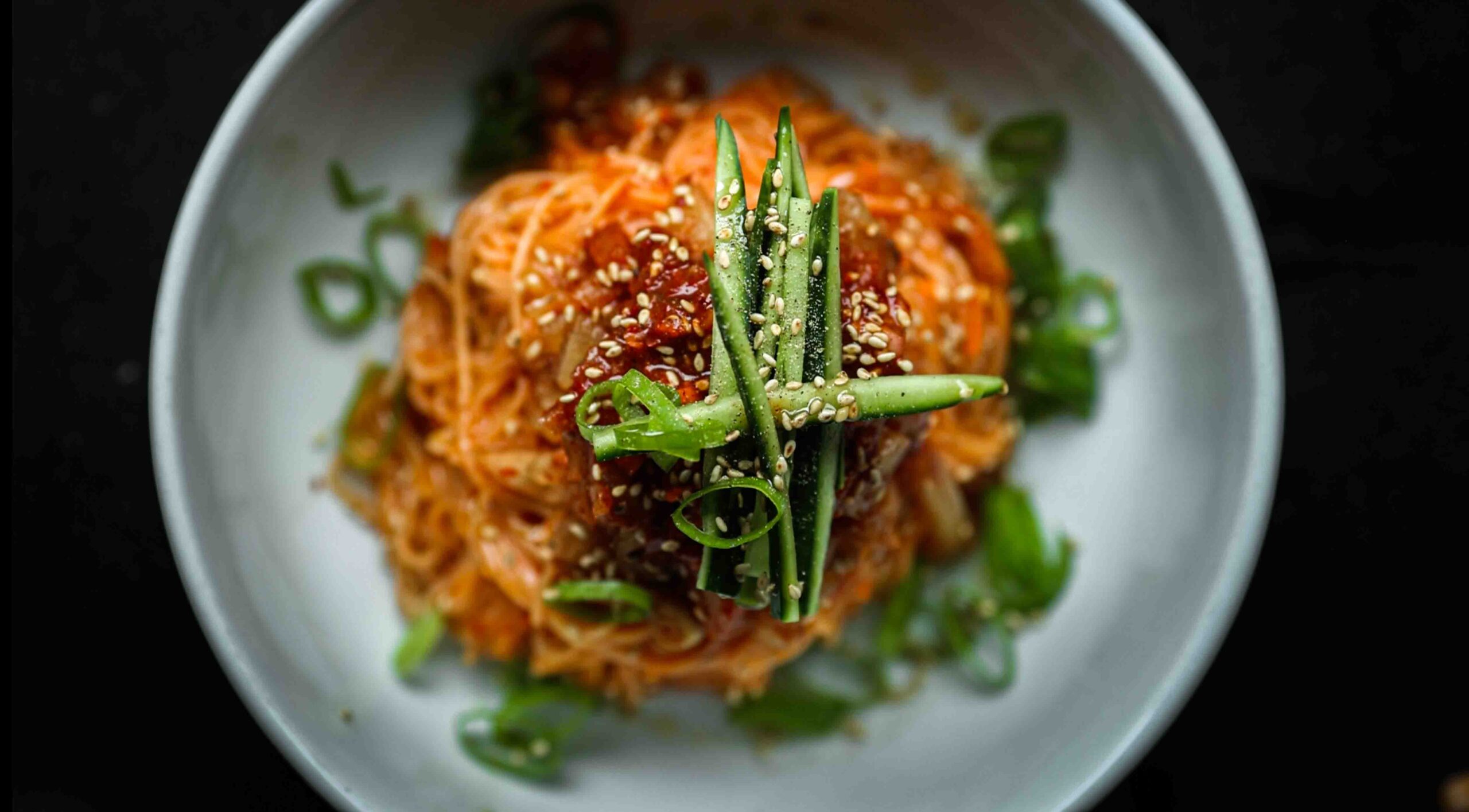
15-Minute Spicy & Cold Bibim Kimchi Noodles Recipe.
-
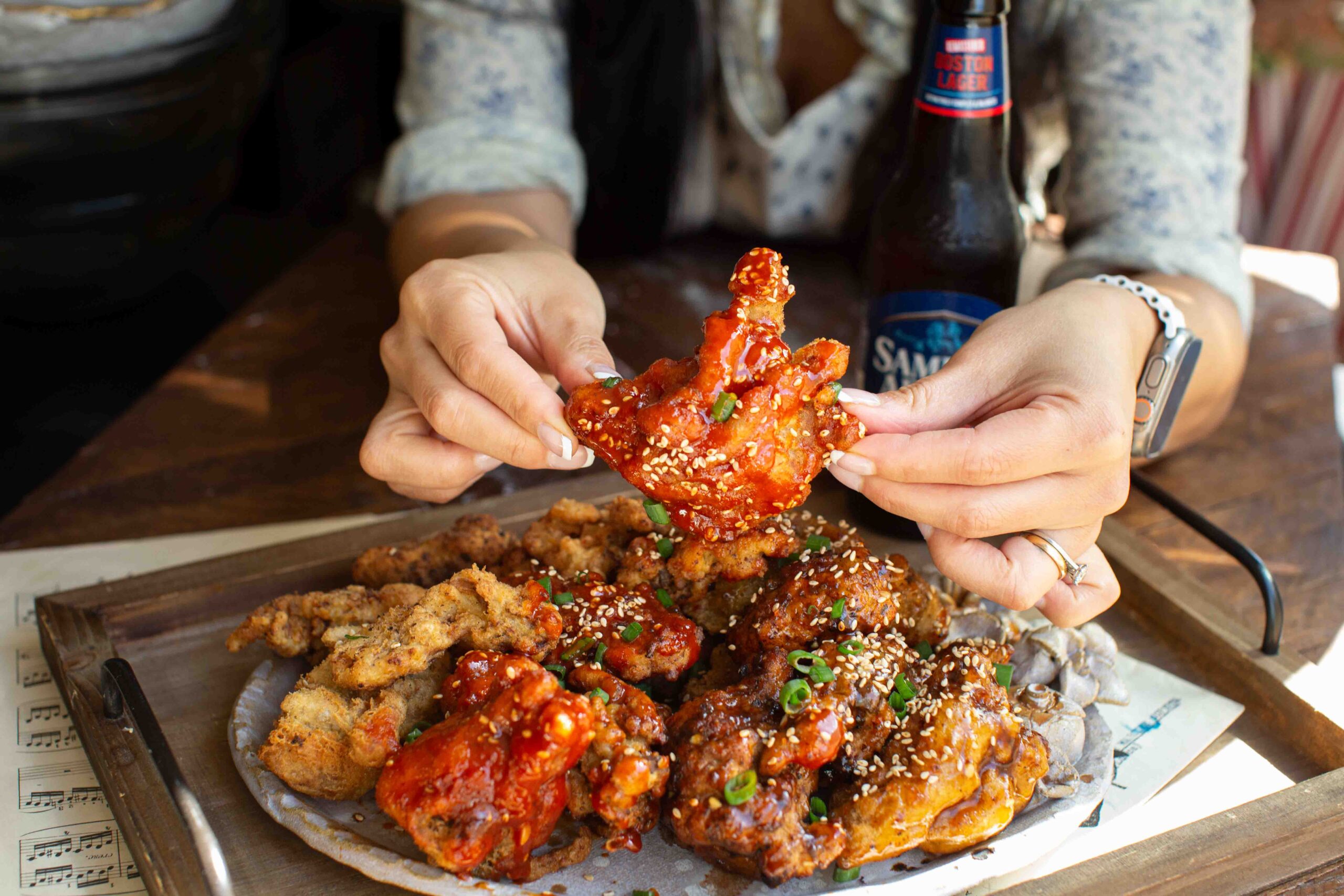
AMAZING Vegan Fried Chicken Recipe (2 Korean Sauces)
-
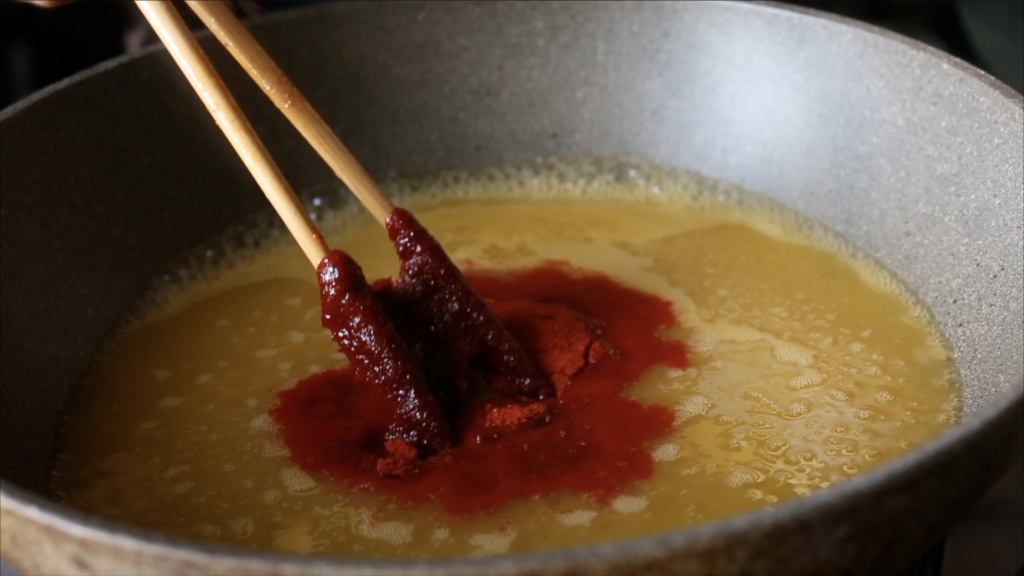
Rice Paper Stuffed Tteokbokki
-
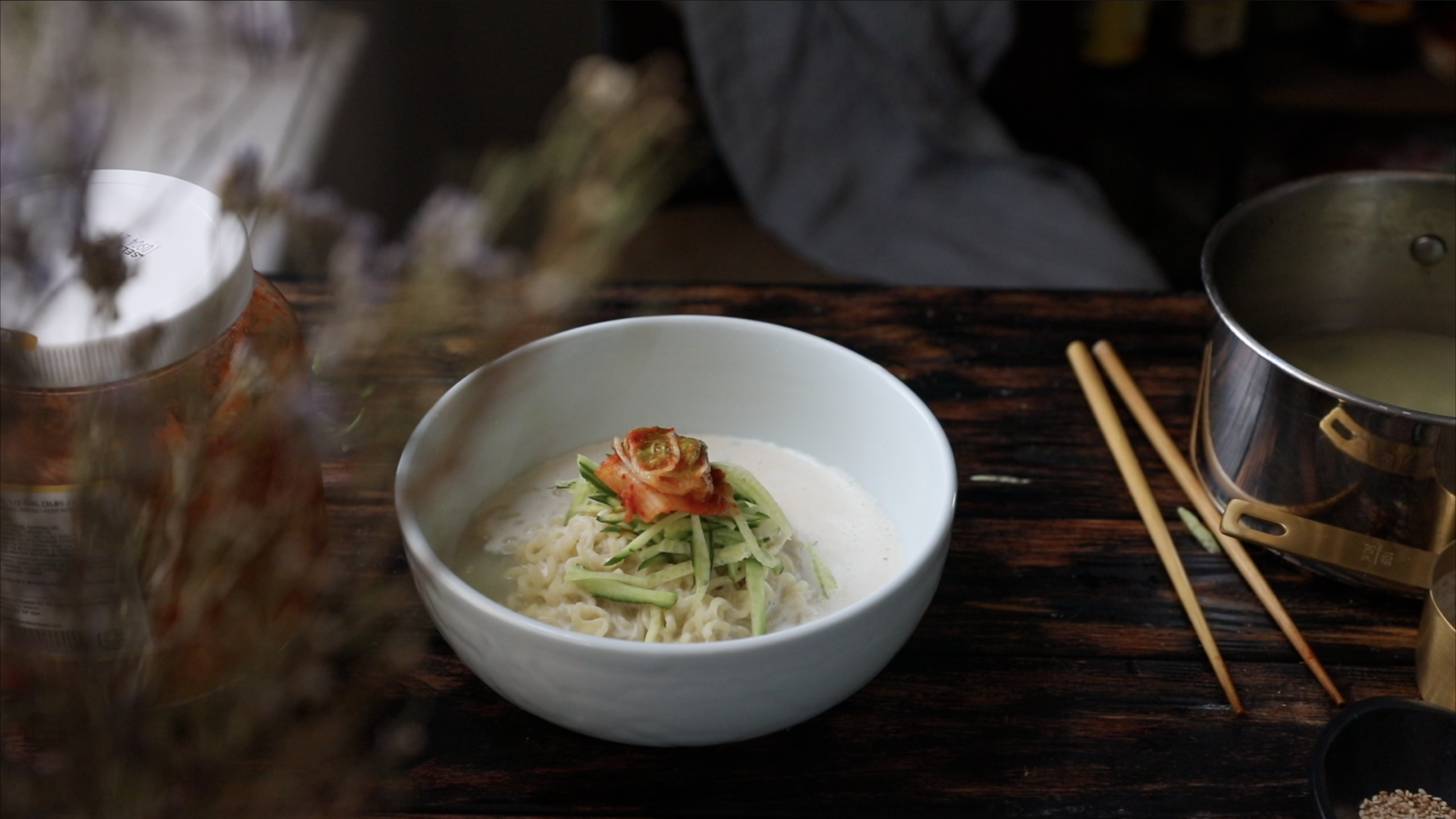
Healthy Ramen Noodles
-

Homemade Soy Milk
-
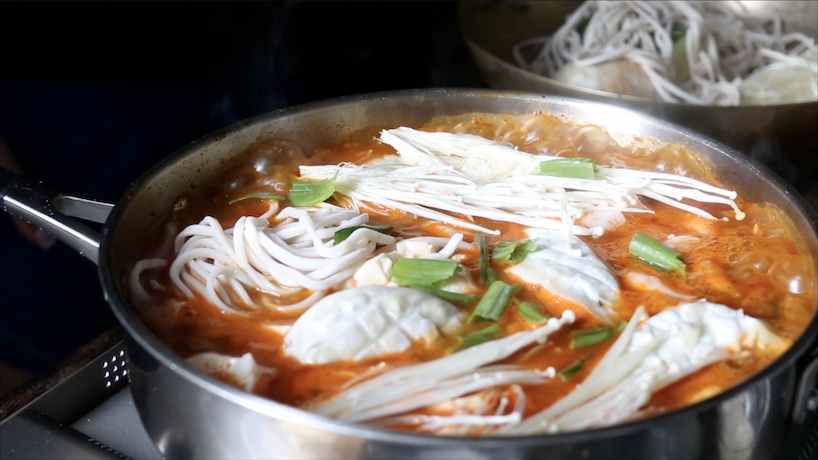
Kimchi Soondooboo Jeongol
-
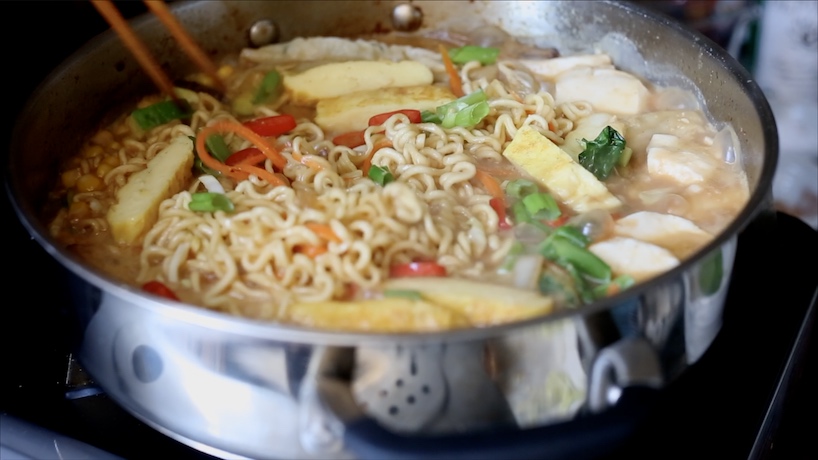
Creamy Vegan Ramen Noodles
-

Budae Chigae
© 2024 The Korean Vegan • Accessibility Statement • Privacy & Disclosure Policy
© 2024 The Korean Vegan • Accessibility Statement • Privacy Policy



